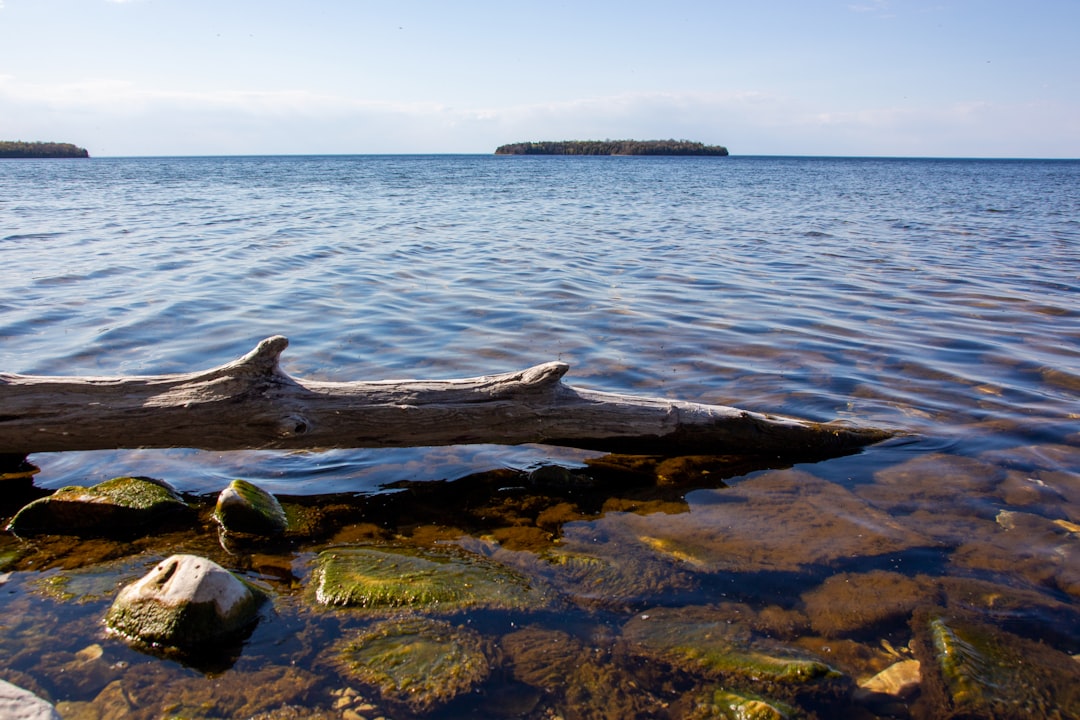What is it about?
This study investigates the relationship between habitat and the phenotype of animals in the population. Each habitat is characterized by different selective forces that can shape both morphology and behavior of individuals. Environmental conditions are particularly extreme and can exert strong selective pressures on individuals at the edge of the species’ altitudinal distribution, compared to conditions in higher-quality habitats. The Eurasian red squirrel (Sciurus vulgaris) is an excellent study species to investigate whether in the marginal habitat animals differed in body size, body mass, or in the expression of four personality traits. We observed differences in both morphology and personality in individuals of the edge habitat, while differences in behavioral plasticity were not so marked. These results suggest that an individual settles in the habitat that best fits its personality and that best matches its capacity to use that habitat.
Featured Image

Photo by Vincent van Zalinge on Unsplash
Why is it important?
This study highlights the role of animals’ personality and morphology in habitat selection. Therefore, our results suggest that heterogeneous environments guarantee a higher probability to find an optimal habitat for each particular personality type, maintaining both within- and among population variation in phenotypes. Moreover, the study confirms the importance of estimating the among- and within-individual variance in personality to increase the knowledge about behavioral plasticity differences between populations.
Perspectives
The same study system used here can be replicated in different contexts, to clarify an individual’s choice of habitat and to understand the consequences of environmental homogenization on animal populations.
Claudia Tranquillo
Environment Analysis and Management Unit - Guido Tosi Research Group - Department of Theoretical and Applied Sciences, Università degli Studi dell’Insubria
Read the Original
This page is a summary of: Living on the edge: morphological and behavioral adaptations to a marginal high‐elevation habitat in an arboreal mammal, Integrative Zoology, September 2022, Wiley,
DOI: 10.1111/1749-4877.12679.
You can read the full text:
Contributors
The following have contributed to this page










